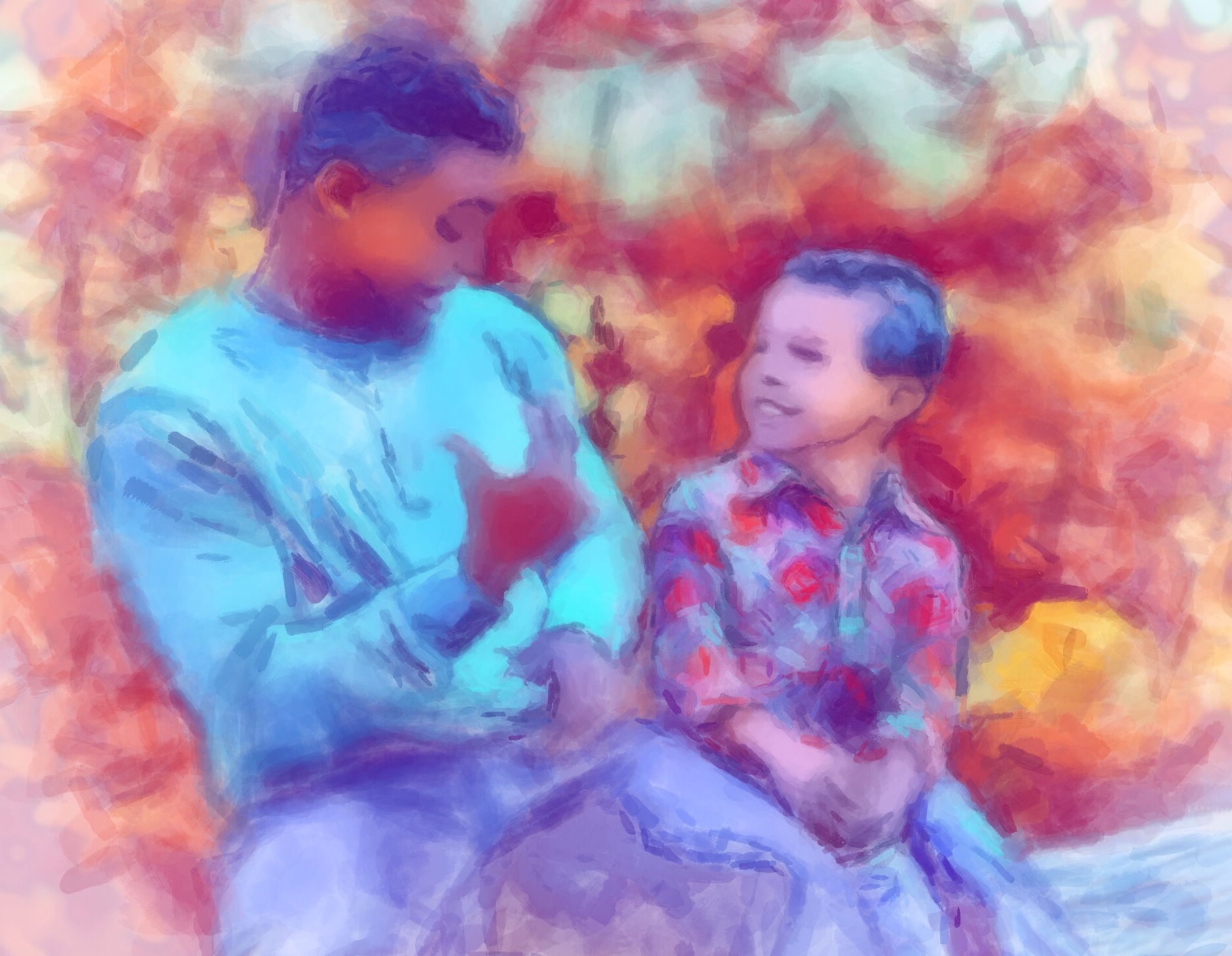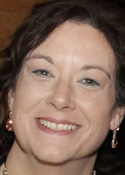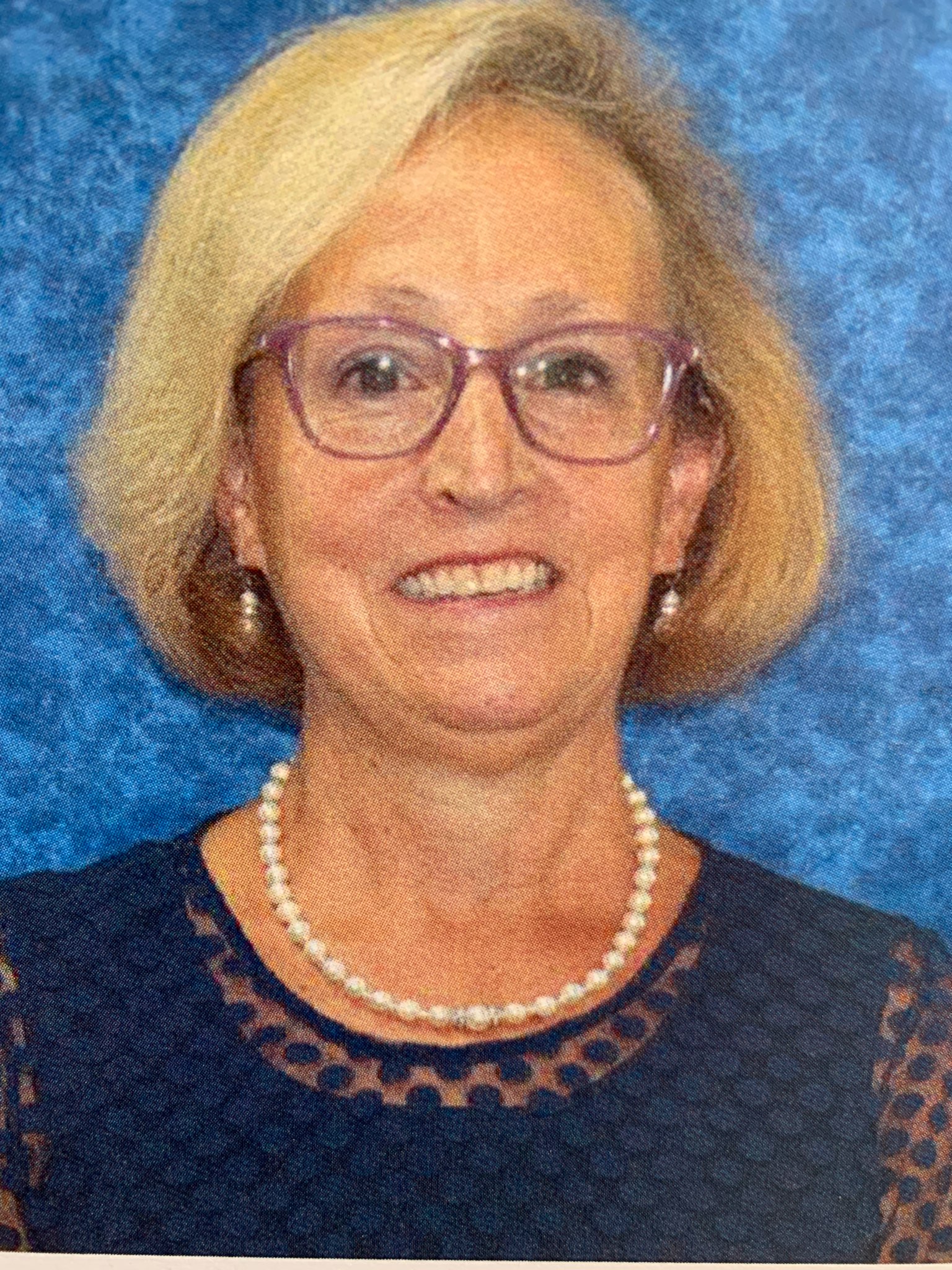Helping children reach their fullest potential is central to the mission and vision of the Center for Deaf and Hard of Hearing Education (CDHHE).
But difficulties understanding spoken, signed, or printed language can be a barrier for deaf and/or hard of hearing (DHH) children achieving all of which they’re capable. CDHHE staff and educators know well the challenges these children face and they’re working each day to offset the inherent obstacles standing in the way.
With the signing of House Enrolled Act 1484 , Indiana Deaf Education and Assessments of Language (IDEAL), into law in 2019, educators and parents of DHH children were given more tools to help monitor language progress with the goal of creating the most positive outcome possible for each child.
Some CDHHE staff recently took time to share how IDEAL is impacting their work and how these efforts are making a real impact in the lives of DHH children and their parents.
How has IDEAL impacted your role at CDHHE?
Lawrence: In my current role as Early Intervention coordinator I have been striving to improve the system of families being supported and empowered with information through our services when their child is identified as deaf or hard of hearing. We are infused with Indiana’s Early Intervention system, First Steps, and collaboratively working, also, with the EHDI (Early Hearing Detection and Intervention) program to improve timely access to qualified providers who can empower families with information resources and understanding of their child’s unique needs. IDEAL has validated everything we do by putting a law in place to monitor language development from the start, beginning with that first entry of scores at the initial evaluation, upon enrollment in First Steps, and ongoing reports of the language assessments all of our providers are doing.
Hall-Katter: I have been so excited to be involved with IDEAL. As a speech-language pathologist that has worked with deaf/heard of hearing (DHH) children exclusively since 1997, I have seen firsthand the struggles DHH children have with language as a result of lack of access to a full, rich language. Beginning after the law was passed, I worked with the advisory committee and their subcommittees to see the beautiful, family-friendly, comprehensive parent document come to fruition, particularly [with] language milestones for English, American Sign Language, Spanish and general language information.
Lawrence: The parent documents produced as a result of the legislative duties included in IDEAL are so comprehensive and readily available in parent-friendly formats and easily accessible for our tech savvy generation of parents. We can now tell parents that the Indiana legislators agreed to the importance of setting up a system that will track all of our deaf and hard of hearing children to ensure they have language in order to learn in school, just like any other child.
Hall-Katter: I have been able to speak to several groups and individuals about IDEAL and monitoring DHH children’s language to catch struggles earlier so each child can meet their optimum potential. I teamed with Center staff to finalize the documents to make them organized, at a ninth grade reading level, and visually engaging, including drawing the images within. I have worked with Center director, Bethany Colson, to analyze the first year of received data from the IDEAL reporting portal. I have been intimately involved with the technical assistance documents to develop informational flyers and videos to help providers/staff understand best practices. Recently, I have worked with a new series of informational handouts, called Extraordinarily Committed to Enrichment in Language and Literacy (EXCEL²). These documents provide further learning about language and literacy and include resources to develop language. Language is so important for any child because reading is printed language. A child that struggles with language skills will struggle with reading.

What are some of the ways IDEAL helps DHH children receive the communication services they need?
Lawrence: The parent document developed is very easily accessed and understood by most families and is also available in Spanish and covers all of the information that describes communication and language development as well as services. It is also a great reminder of referral sources about the benefits of referring to our CDHHE Network as we have specialized training on language assessments for our children and are entering the data into the system, as well as monitoring each child and collectively analyzing how the system is working.
Hall-Katter: IDEAL is designed to provide tracking tools (milestones) and encourage at least yearly tracking of language skills. By closely tracking DHH children’s language development, families, providers, and school staff can identify gaps in skills and possible access issues. This allows DHH children to get support earlier and identify when additional support may be needed. Support could involve direct intervention from speech-language pathologists and/or DHH teachers, but also could mean environmental changes, more purposeful teaching or parent interaction, hearing assistive technology, visual supports, etc. IDEAL provides a portal for providers and school staff to enter progress monitoring data that allows the Center to have longitudinal progress data. The goal would be that entering student specific information would allow Center staff to come alongside providers/staff to consult with them to identify any further services/accommodations that may be useful.
From your direct experience, what are some of the positive ways you feel IDEAL has benefited Hoosier children and their parents?
Lawrence: I see parents requesting annual language assessment and many parents asking for specific assessments to be completed annually at their IEP meetings due to the list of assessments in the web portal available for everyone to see. Parents are holding their schools accountable now because of IDEAL. In the past we always recommended and would do frequent language assessment with children we served, but it was a “recommendation” and considered best practice, while now we share that it is legislated and we have the resources and technical support to share, and parents are also sharing and expecting it to happen for their children.
Hall-Katter: I have seen families have a better understanding of developmental expectations for their DHH child. Understanding long-term developmental language expectations is the first step to ensuring optimum achievement. Families have gained knowledge on the importance of access and having language rich environments at home and at school for their child. I have also seen Hoosier families utilize the resources available through IDEAL to gain more information about the laws impacting DHH kids, general language development information, bilingual language development, and supports available in Indiana and nationally.
Lawrence: I see this as another milestone for Hoosier deaf and hard of hearing children toward reaching their full potential. Over the years, the milestones I have seen get us closer to seeing more and more children achieve their potential, beginning with Universal Newborn Hearing screening in 2000, and creation of the role of outreach to children statewide, the law creating the Center in 2012, with the specific duties included in our Center in order to support all children, and now the IDEAL legislation further defining our role in monitoring language development in our expectation that children will achieve to their potential. Each piece of legislation has added more teeth to the expectation of removing barriers from developing language for our deaf and hard of hearing children.
Meet the staff:
 Jacqueline D. Hall-Katter, M.S., CCC-SLP
Jacqueline D. Hall-Katter, M.S., CCC-SLP
“I am the full-time CDHHE speech-language pathologist. My role includes providing spoken language evaluations to DHH children referred to the Center, providing consultations with professionals and families, developing resources about language development, and giving educational presentations about language and language development of DHH children. I am the lead for the Early Childhood Assessment. As a mother of two grown Deaf children, I am fully fluent in American Sign Language, which allows me to partner with our visual language specialist to provide resources and evaluations, and I have a certification in cultural and linguistic diversity, which allows me to feel confident with bilingual children and their families. I have worked with DHH outreach since 1997 as a contractor for the state. When the Center was created in 2013, I contracted with the Center to provide services until 2017 when I became a full-time staff member.”
 Cindy Lawrence
Cindy Lawrence
“I am the Early Intervention coordinator and I have been with the Center since it began in 2013. I’ve been with the state of Indiana, previously doing this type of work through the Indiana School for the Deaf for 28 years before that.”